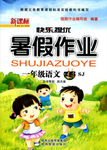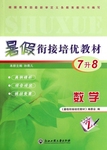题目内容
Tom, our manager, ________ for American in two days and he has asked me to find out when the earliest plane ________ next Sunday.
A. is leaving; takes off
B. will leave; is taking off
C. is to leave; is going to take off
D. leaves; will take off
练习册系列答案
 新课标快乐提优暑假作业陕西旅游出版社系列答案
新课标快乐提优暑假作业陕西旅游出版社系列答案 暑假衔接培优教材浙江工商大学出版社系列答案
暑假衔接培优教材浙江工商大学出版社系列答案 欣语文化快乐暑假沈阳出版社系列答案
欣语文化快乐暑假沈阳出版社系列答案
相关题目

